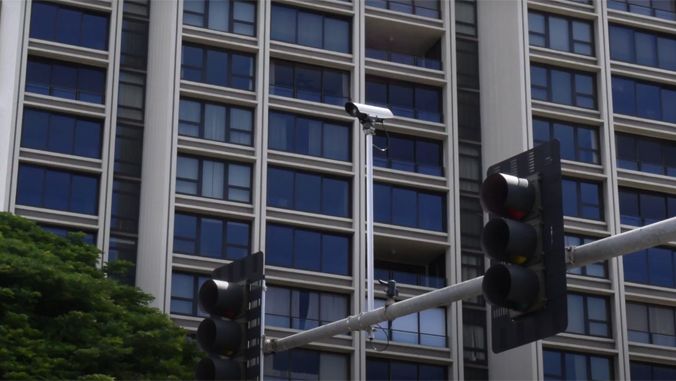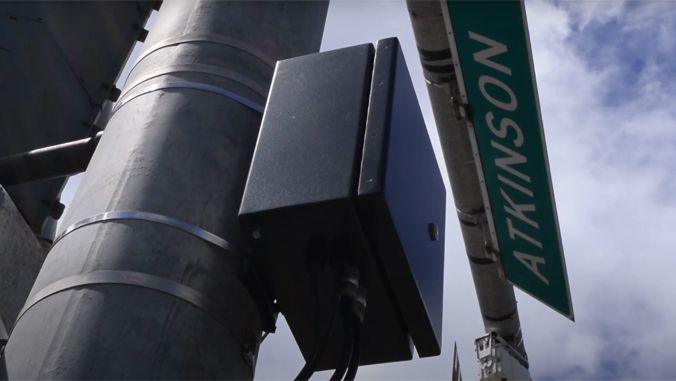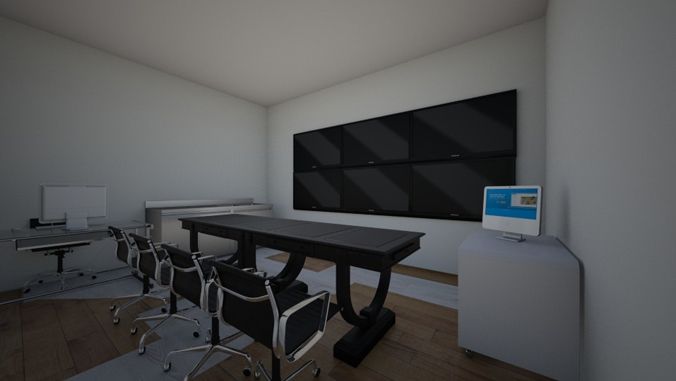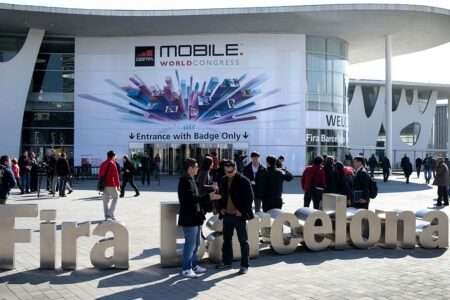The Hawaii Department of Transportation (HDOT) has announced a new connected vehicle technology pilot, which will operate on a live highway within the Ala Moana Boulevard / Nimitz Highway corridor, Honolulu, with connected devices installed on a total of 34 signals.
Partners in the project include Applied Information, which will exclusively implement C-V2X technologies developed by Qualcomm Technologies, the FHWA (Federal Highway Administration), Econolite and Goldwings Supply.
The technology will provide alerts and other information to motorists, bicyclists, and pedestrians through a free application, as part of a research project with the University of Hawaii (UH) and Econolite to determine the capabilities of the latest connected traffic control systems to efficiently and safely manage traffic flow.
As a part of the program, the organizations will test several connected vehicle applications in real time and in day-to-day traffic using a V2X-enabled interconnected traffic control system program administered by the Hawaii DOT and the University of Hawaii College of Engineering. Applied Information roadside units (RSU), supplied by Applied Information partner, Goldwings Supply Service, Inc., will provide connectivity between the traffic signals and roadway users, and utilize the Qualcomm 9150 C-V2X Platform. The project operates under an experimental license granted by the Federal Communications Commission for a five-mile segment of the Nimitz Highway and Ala Moana Boulevard arterials.
Among the applications to be deployed for the project are Red Light Violation Warning, Pedestrian and Cyclist Collision Warnings, Emergency Vehicle Preemption, Transit Signal Priority, Traffic Queue Warning, the TravelSafely smartphone app, and Signal-Phase and Timing (SPAT).

The US$6 million pilot, which is being 95% funded by the FHWA, is expected to greatly improve traffic flow through a critical Honolulu corridor, while giving students hands-on experience to prepare them for future careers.
The connectivity provided by the Applied Information solution enables the infrastructure to communicate with any cloud-connected or C-V2X enabled vehicle or device. For example, the Applied Information TravelSafely smartphone app connects drivers to the infrastructure, providing the first application of connected vehicle technology using data from multiple infrastructure sources for day-to-day use by the general public. TravelSafely also connects drivers to other app users such as pedestrians, cyclists and scooter riders to provide alerts and warning of potential crashes. Transportation engineers are also empowered to monitor and control their traffic management networks anywhere and anytime with a smartphone or tablet with the technology.

UH students and faculty will spend four years analyzing the opportunities and challenges with the system so the state will be more prepared for future use of connected, autonomous vehicle (CAV) technologies; conducting research on sensor and data analytics to assist the system to operate to its full potential.
“In order to help the State of Hawaii move forward with its visionary plan for future CAVs deployment, UH College of Engineering is proud to lead this effort of upgrading the traffic signal system of Nimitz Highway,” says David Ma, College of Engineering interim associate dean and professor. “Not only will this project create a smart transportation corridor in the heart of downtown Honolulu, it also serves to show the state and UH’s commitment both to high-tech applications and to a safer, more efficient transportation system for Hawaii.”
“Both UH and HDOT brought a get-it-done mentality,” says Econolite vice president of systems integration Jon Ringler. “They helped break down traditional barriers and worked incredibly well with us to ensure work could continue despite Covid-19. There seemed to be no obstacle that they were not willing to partner on and help get the work done.”

Traffic engineering lab
Econolite also made a donation to UH to develop an advanced traffic engineering lab in Holmes Hall. The lab will be equipped with the most advanced traffic control, management and detection devices as well as a modern video wall for data visualization. Ma says the system will be a game changer for the College of Engineering.
“It will create unprecedented opportunities in cutting-edge research in traffic mobility and safety, such as vehicle-infrastructure integration, connected vehicle system control, arterial-wide speed harmonization and more,” says Ma. “The lab will become a mini traffic management centre that enables UH researchers to analyze traffic data in real time and help HDOT staff make necessary adjustments to optimize the performance of the traffic system.”
“Honolulu is a perfect location to expand the project and transform the entire city into a connected vehicle environment,” adds Ringler. “Hawaii is in a unique position to extend the current project and extrapolate a completely connected environment in a very similar fashion to the progress made by Singapore which is perhaps one of the most advanced countries/states in the world. As an insulated environment, there are a finite number of vehicles that can enter the state, a comparatively smaller population, but a dynamic urban and rural environment.”






